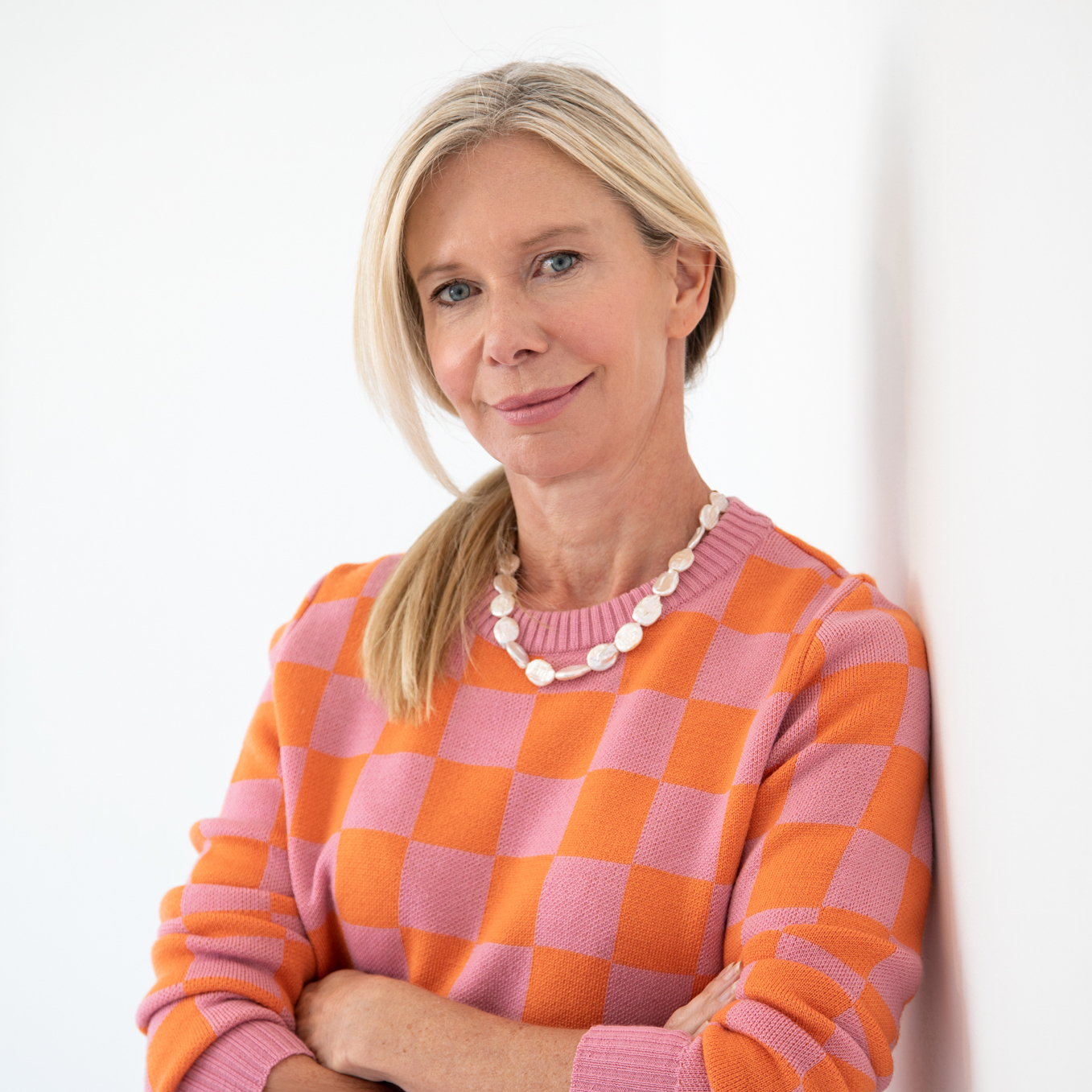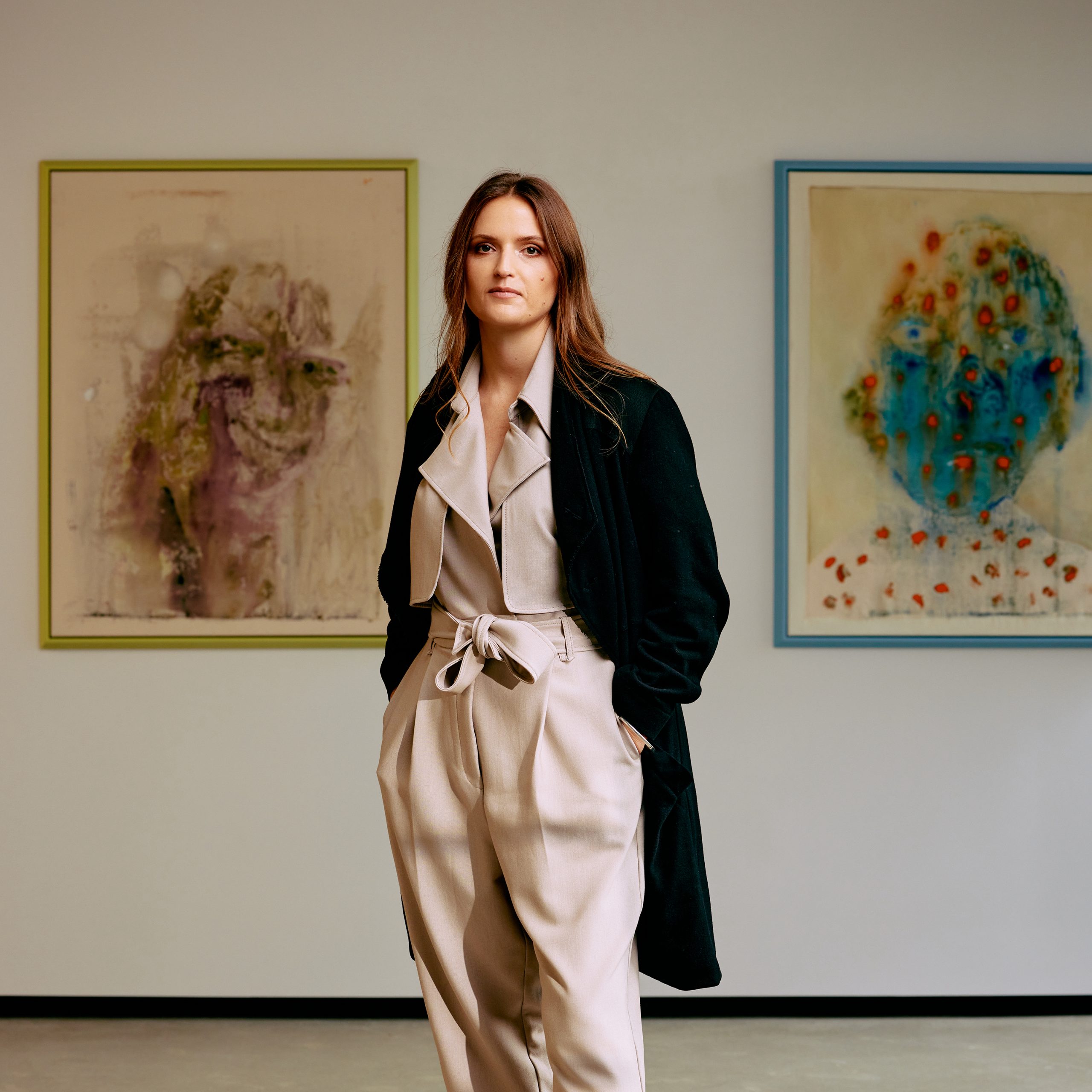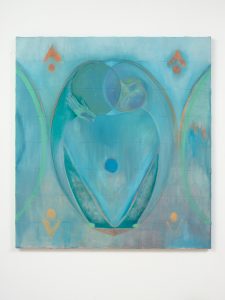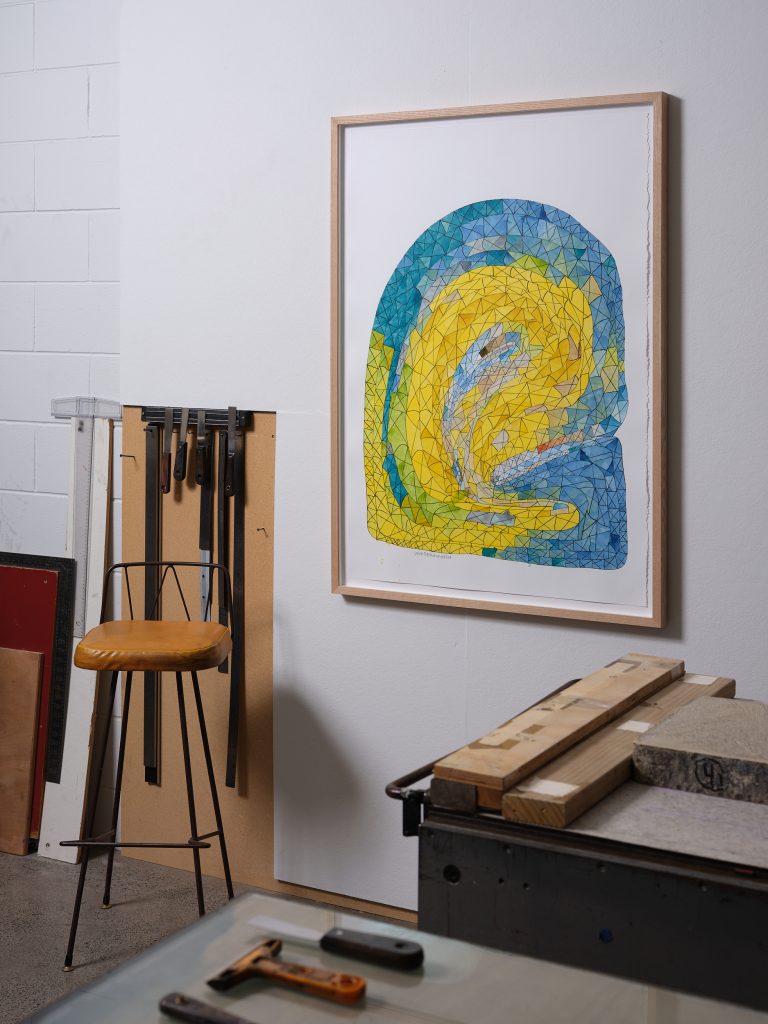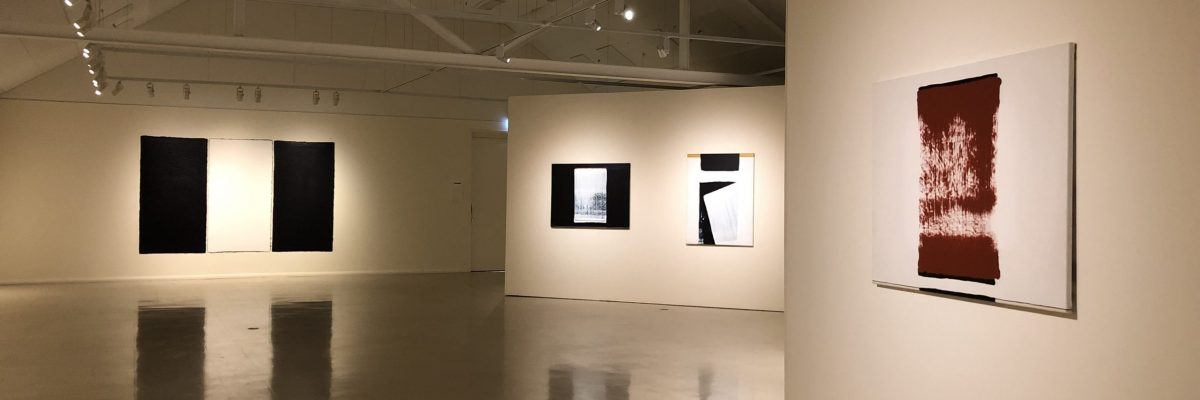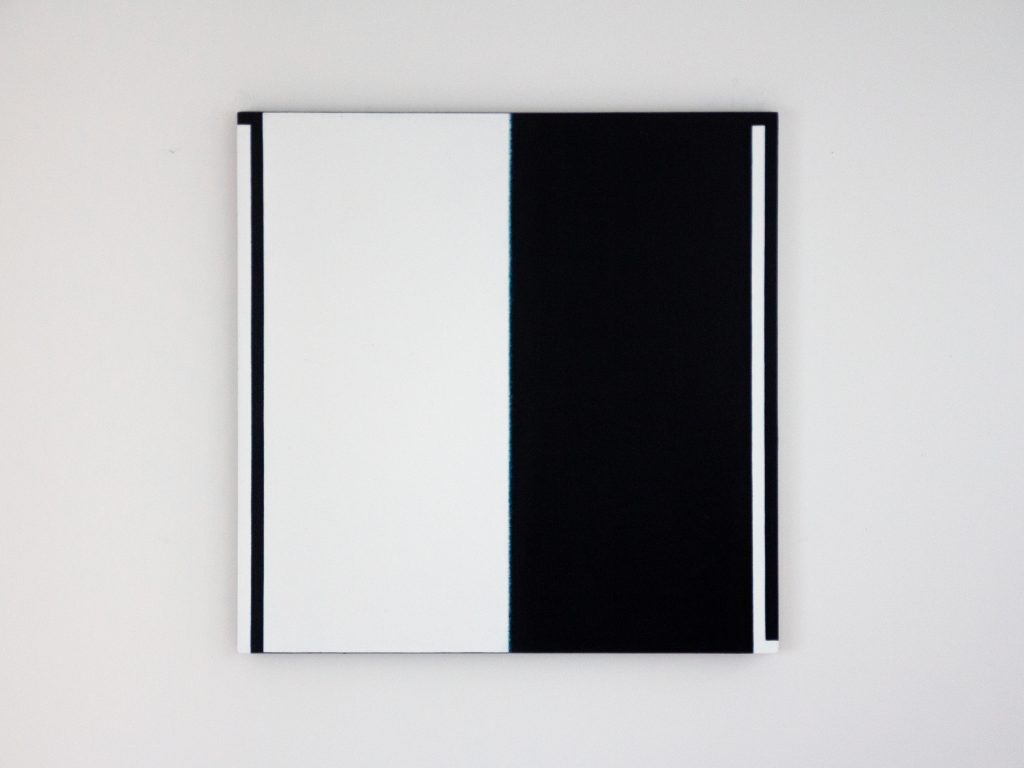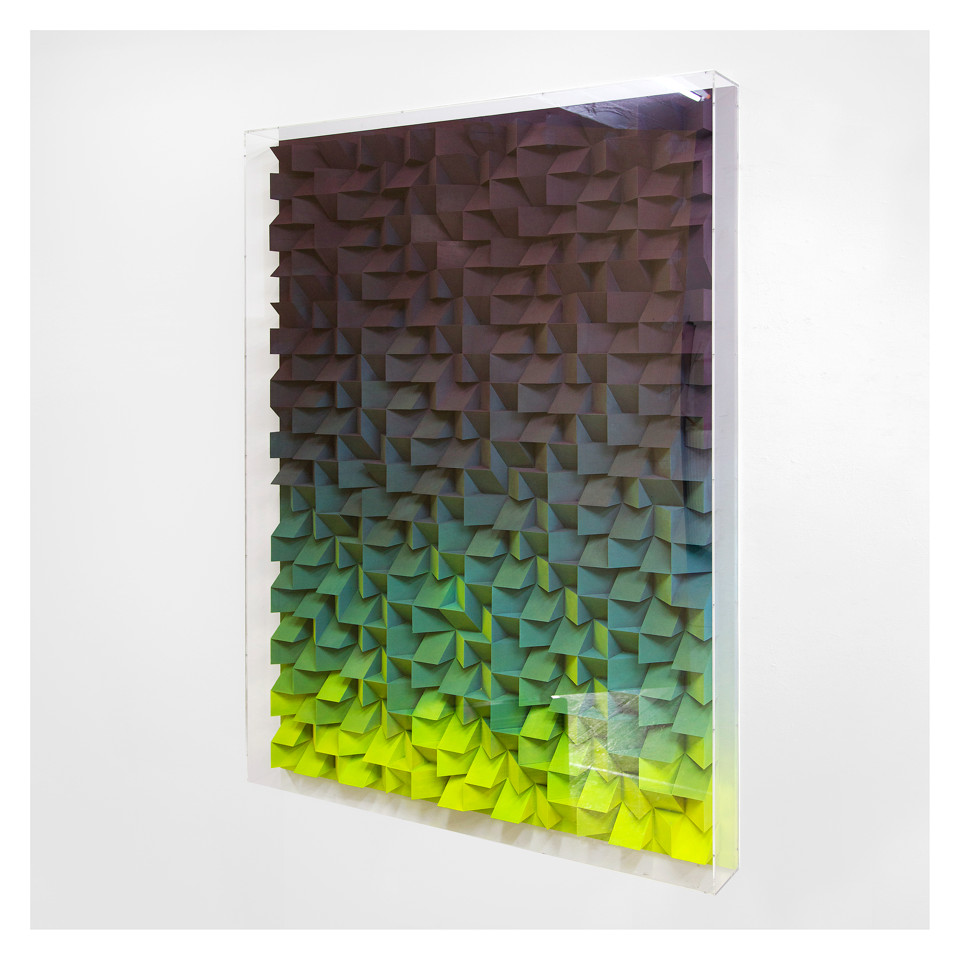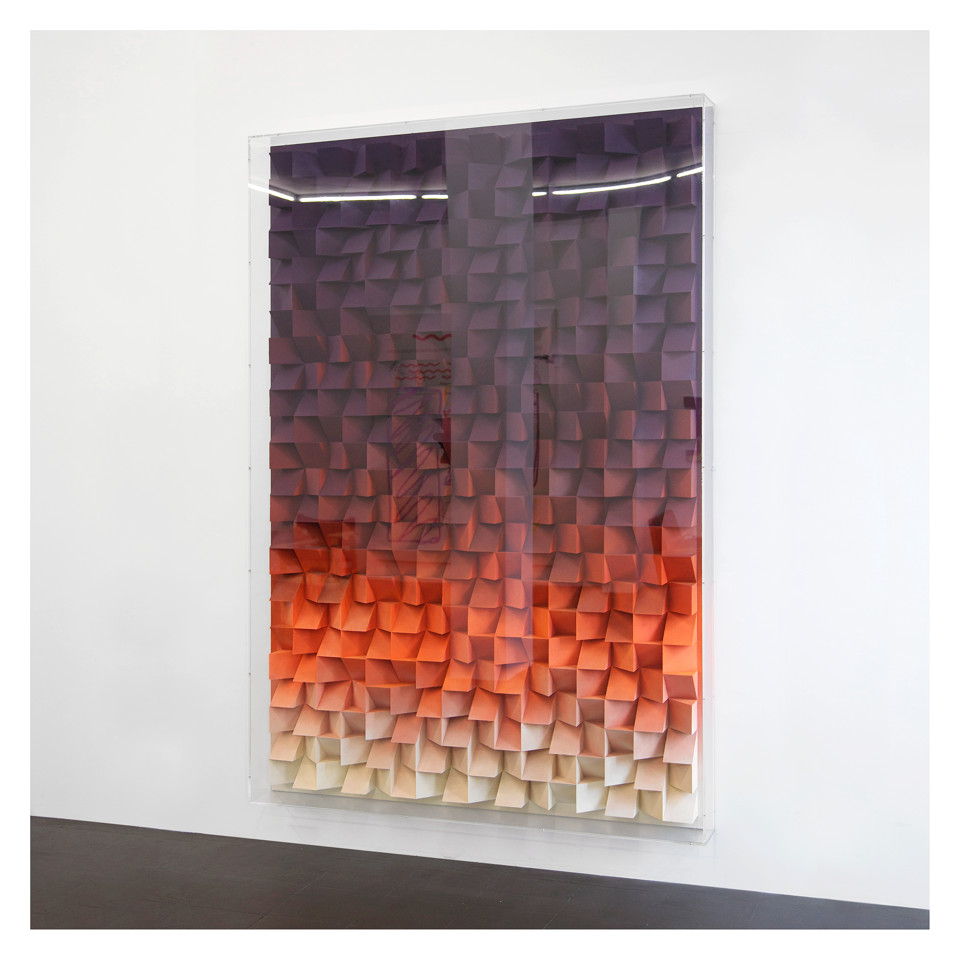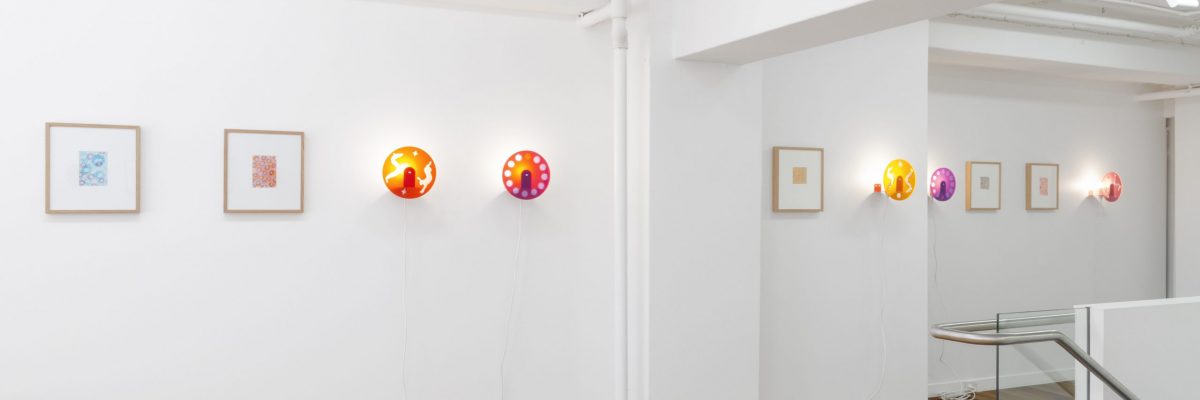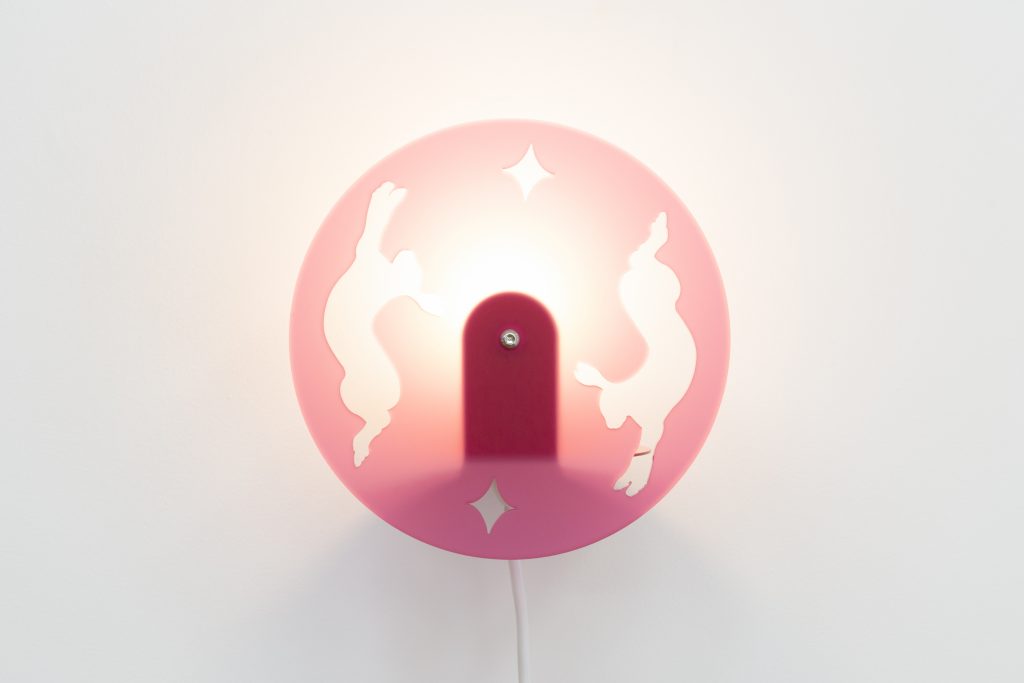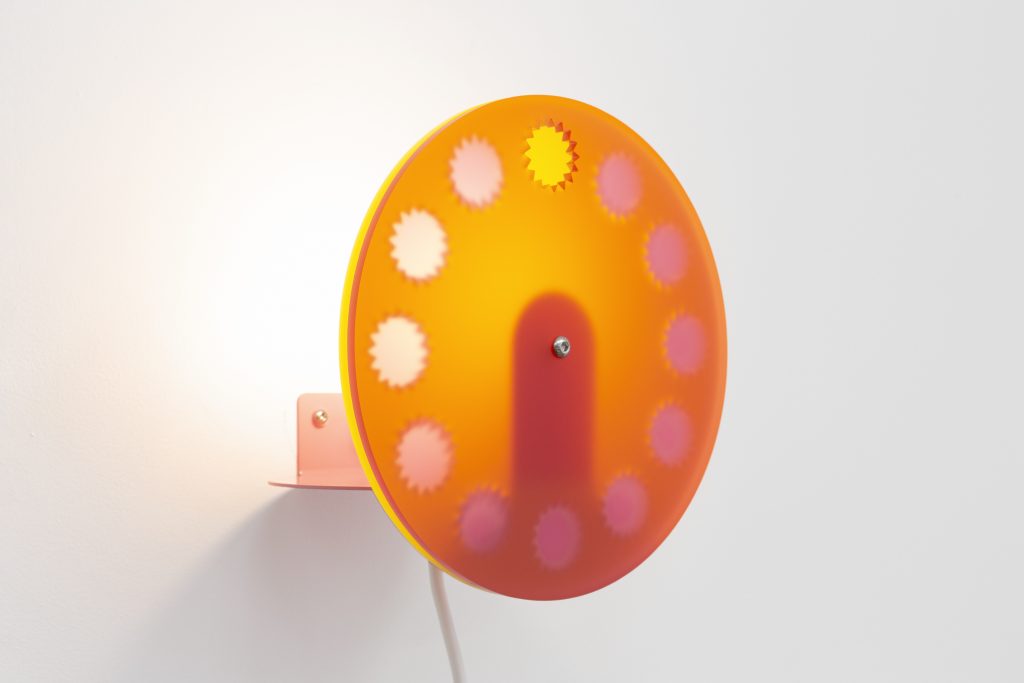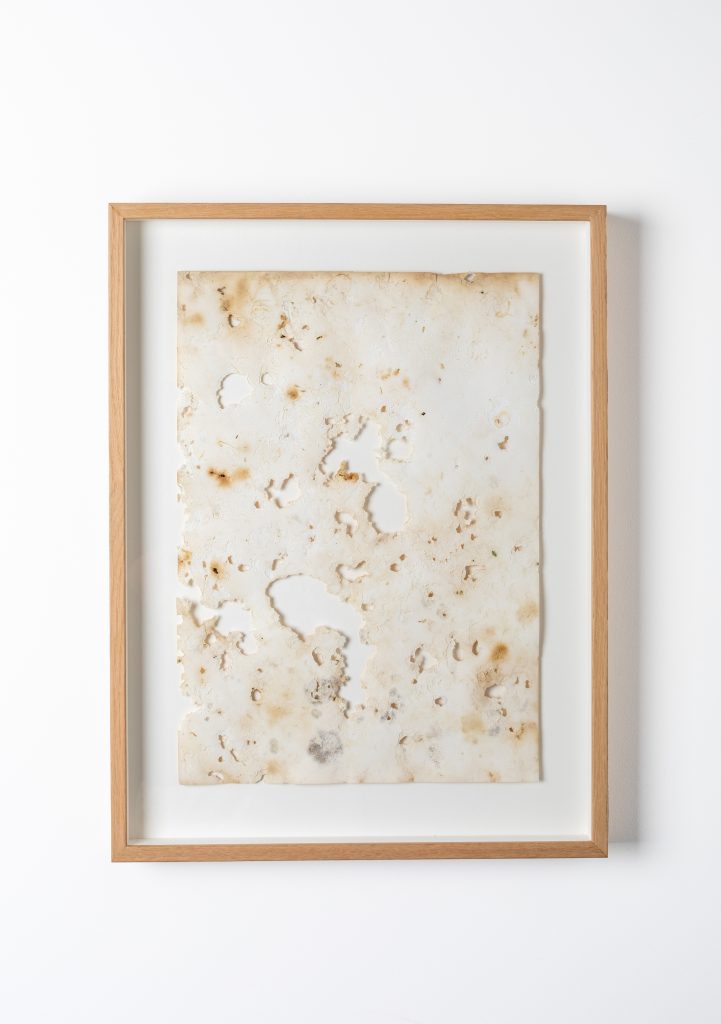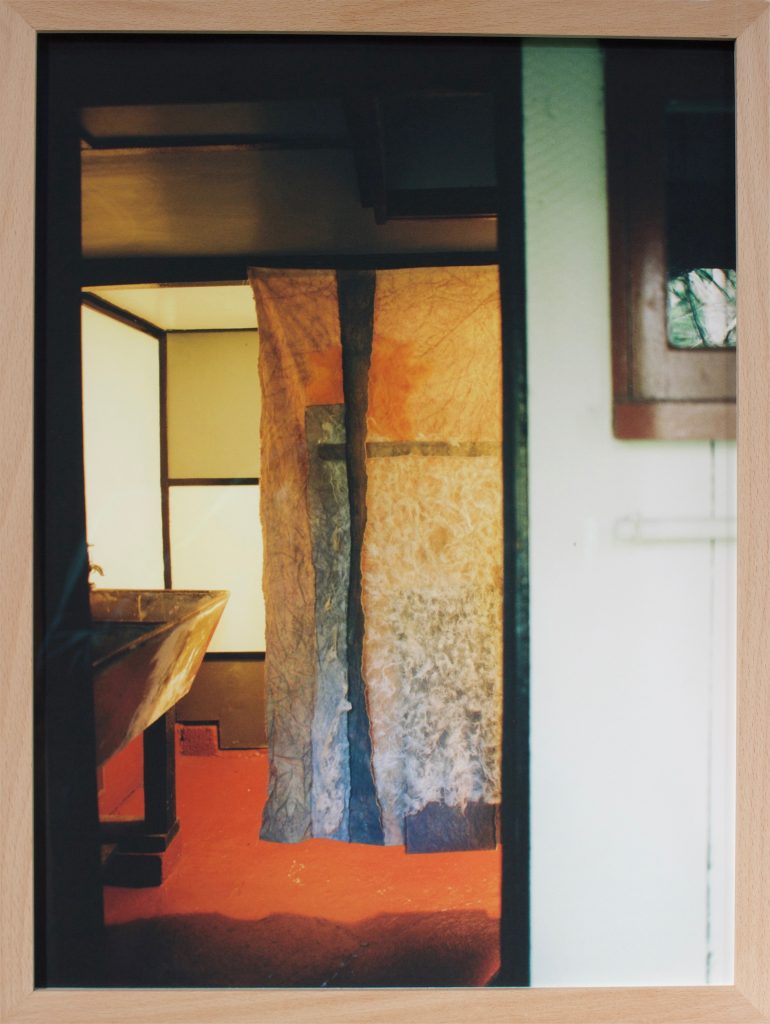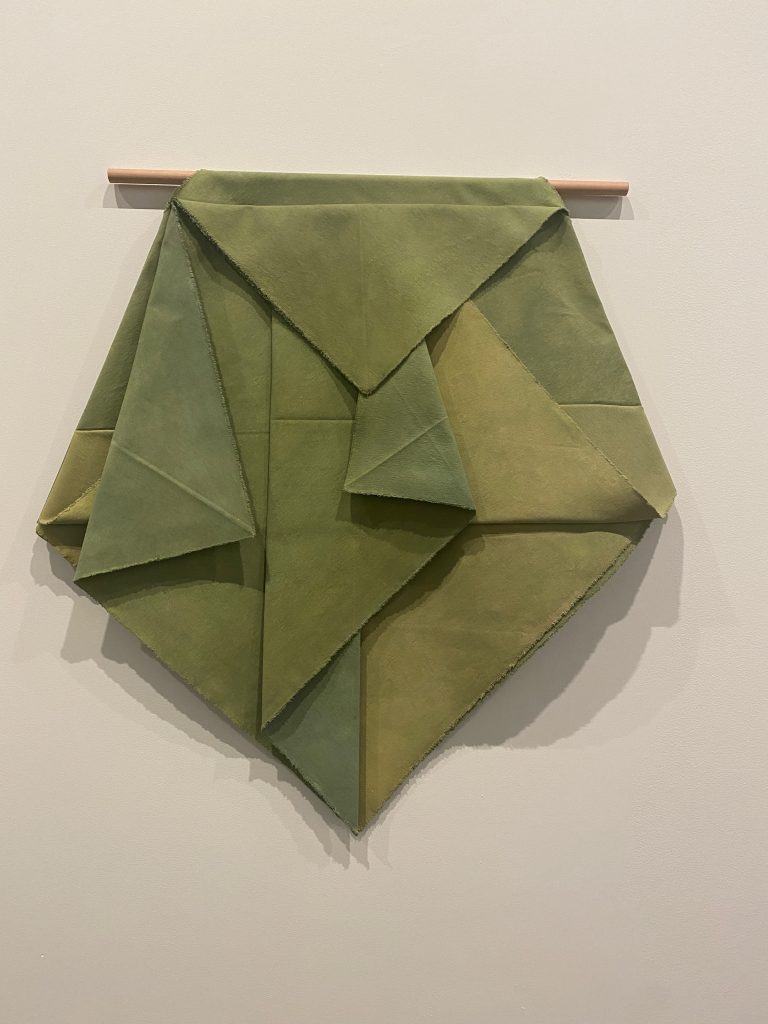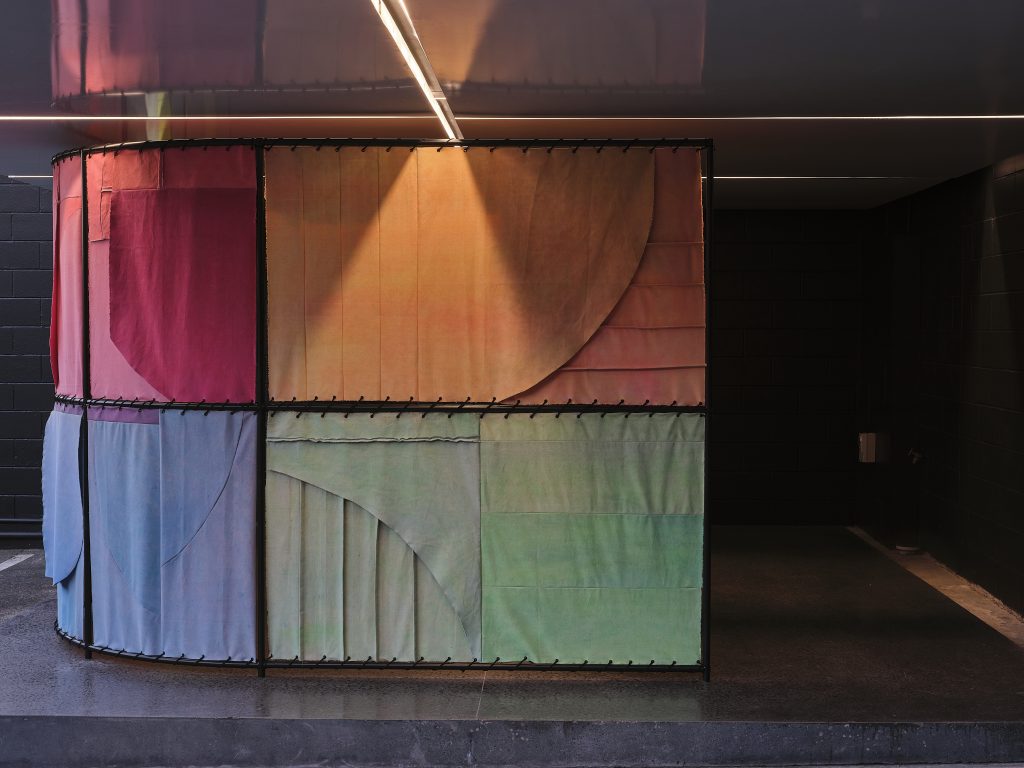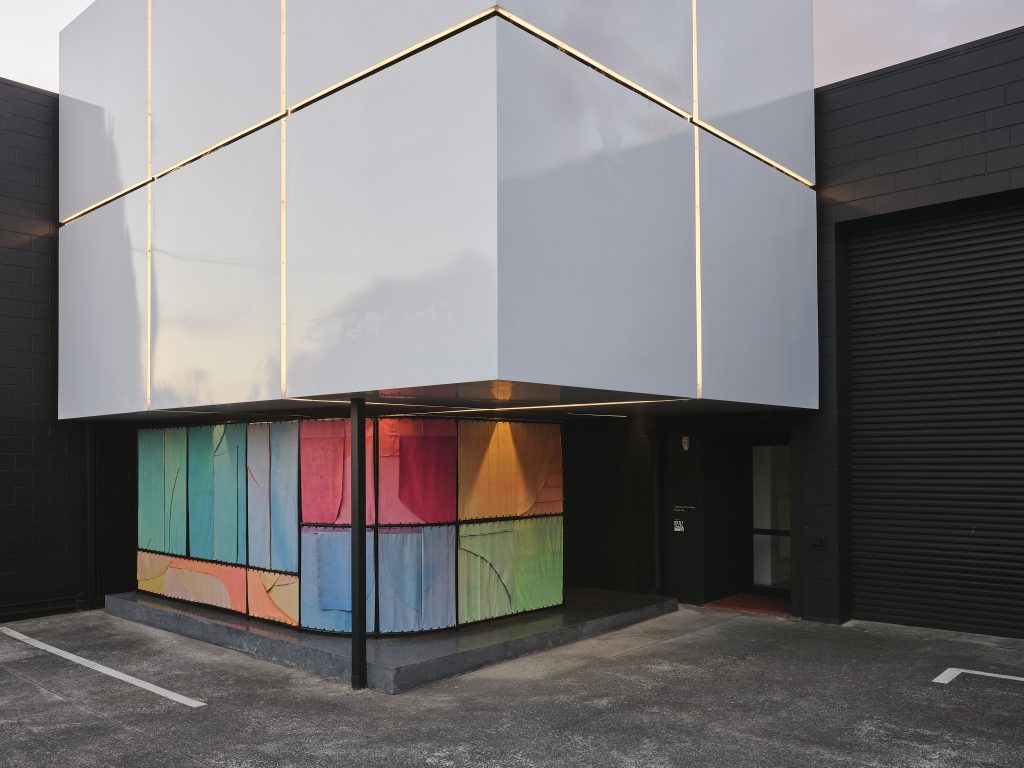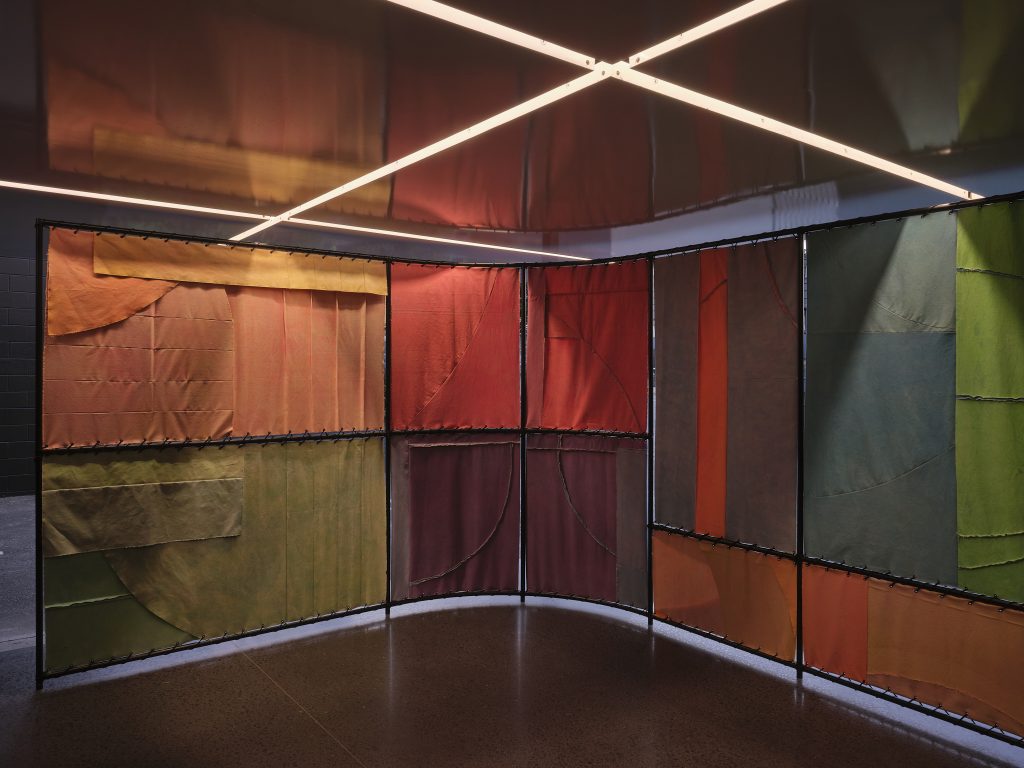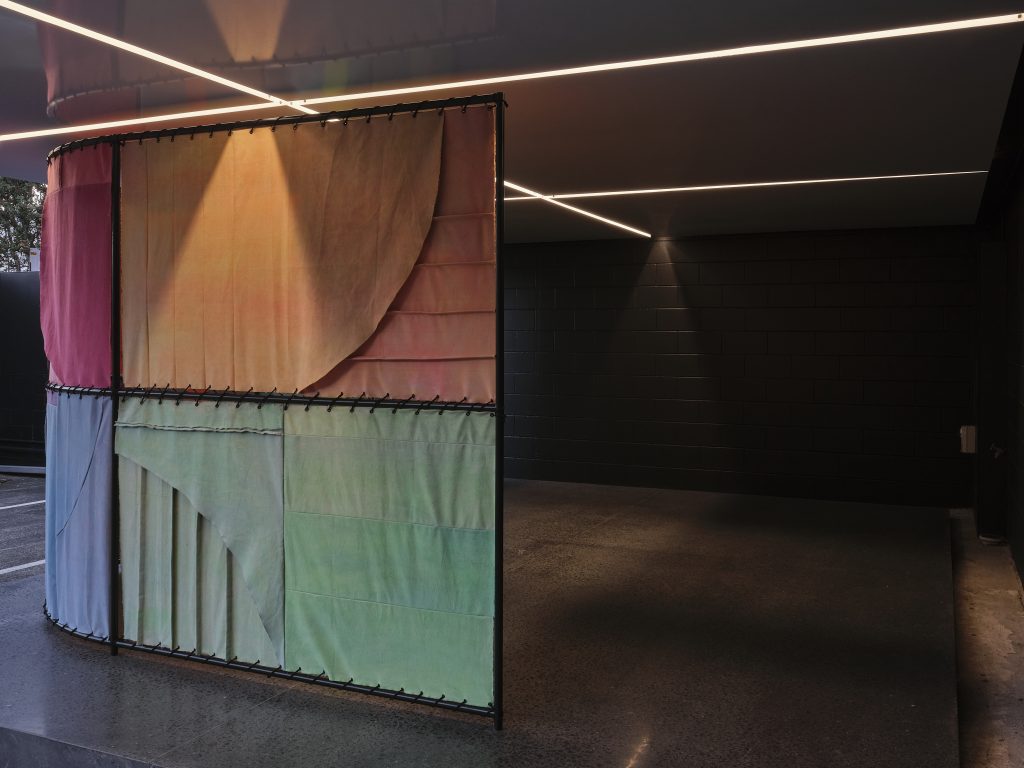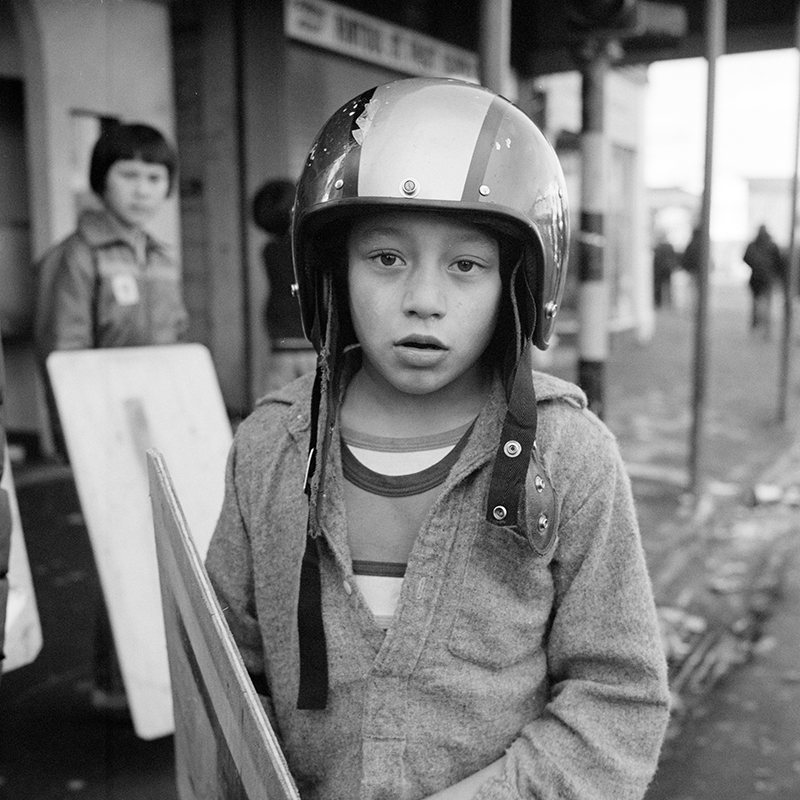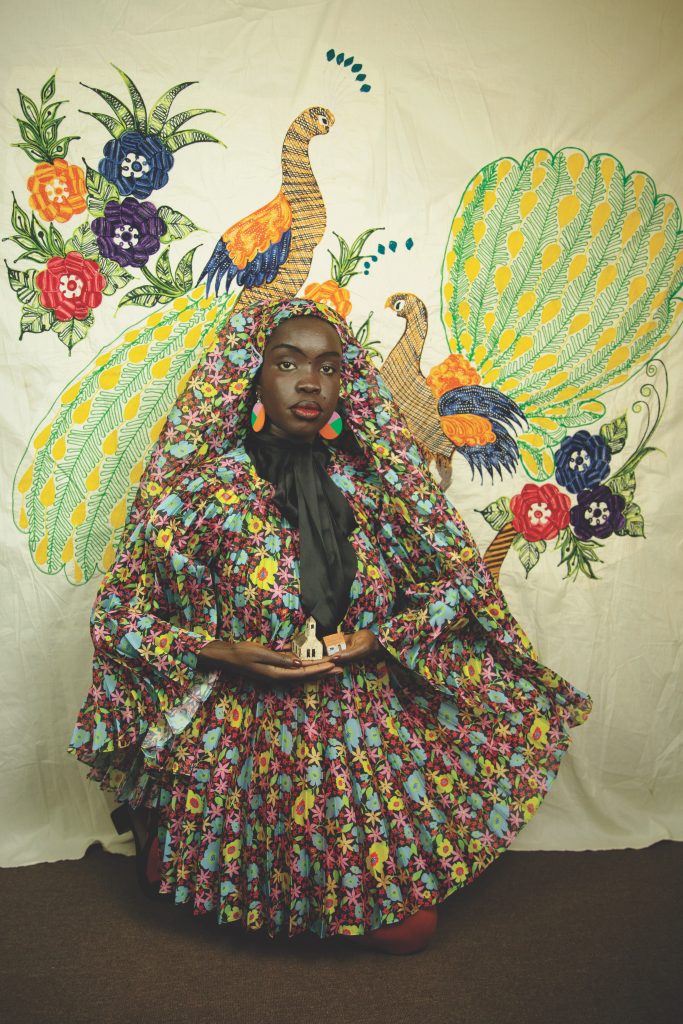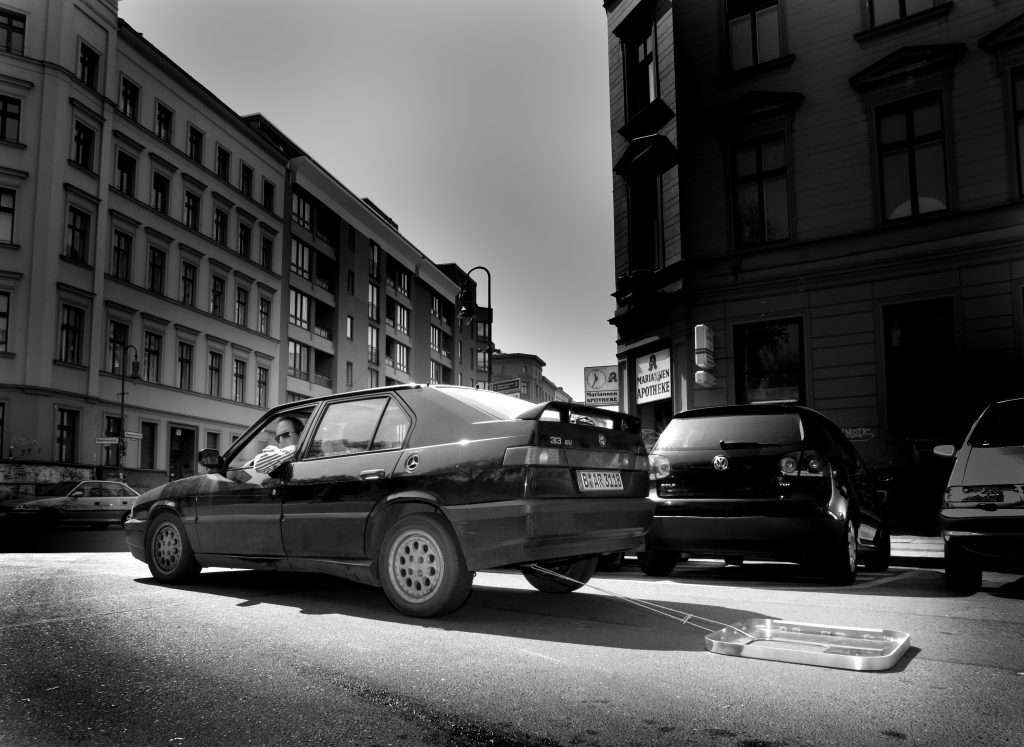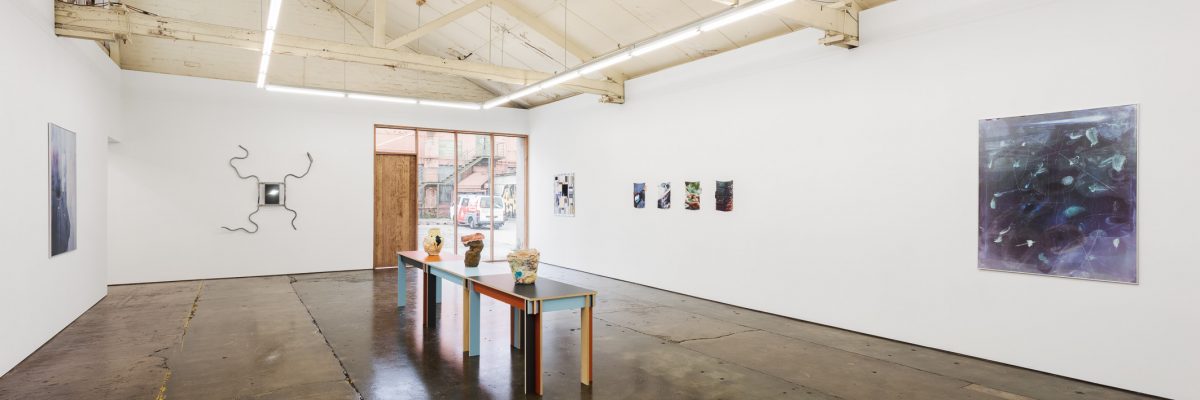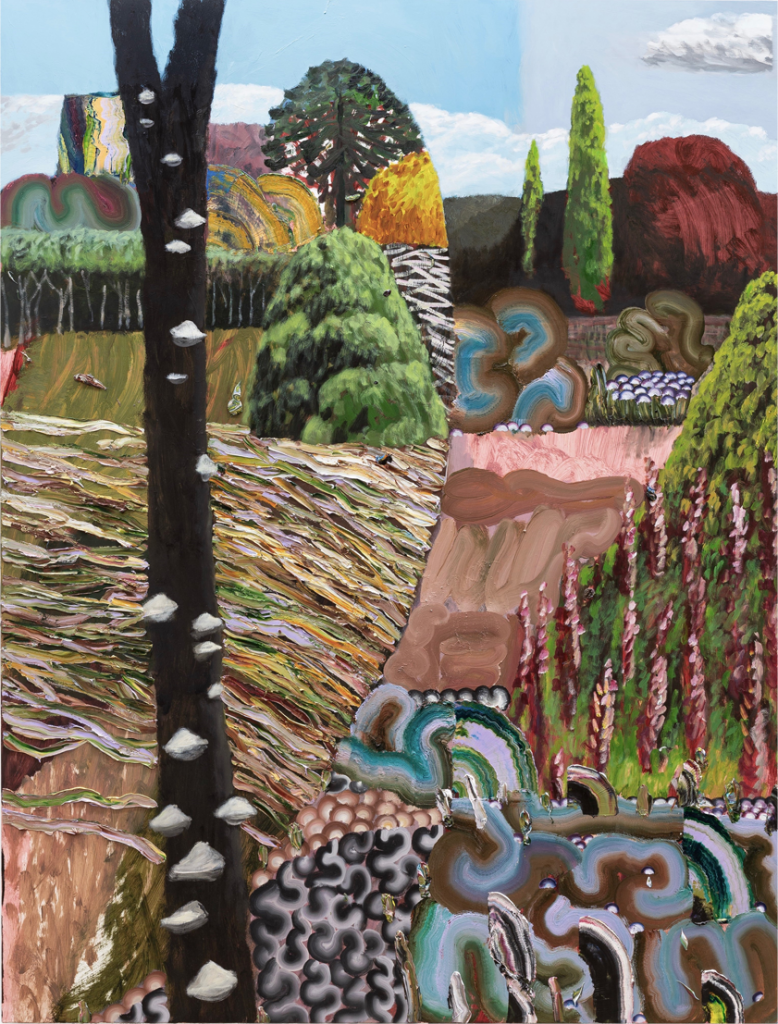You recently took over the directorship of Sanderson Contemporary. What about this role excites you the most?
I think it’s a real privilege to be able to do what you love. I have been passionate about supporting artists and their work for a long time and have worked in galleries since I was 18. I felt I was already in this privileged position but I feel it even more so now that I am the owner of Sanderson. What excites me most about the role is getting to see the impact we can have on artists careers and on their lives. I want to work really hard for them and make as positive an impact as I can.
Could you share one of the most memorable times you’ve had working as a gallerist?
One of the most memorable experiences was co-curating an all-female artists exhibition in London, which showcased the art collections of seven prominent women collectors from Europe and America. We hosted two panel discussions, one with Iwona Blazwick, Director of the Whitechapel Gallery, moderating and the other with Bloomberg curator and art critic Sacha Craddock moderating. Dame Phyllida Barlow, who represented Britain in the Venice Biennale and passed away last year, was part of the exhibition and on one of the panel discussions. What struck me about the experience then, and even more so now looking back on it, is the profound impact women can have on the industry. Whether it’s through curating, working as a gallerist, being an artist or a collector: all of the women involved in the event had incredible vision and drive and had achieved so much. It was inspiring to work alongside them.
What advice would you give someone looking to start their art collection?
Make sure you go with your gut and what you feel you really love. Its great if the artwork is also a good investment but don’t let that be what leads your decision making. I think being able to have artworks in your home that inspire you and bring you joy every day is the best part of having a collection of your own.
What are you most excited about for the Aotearoa Art Fair 2024?
We are presenting a group exhibition this year with Zara Dolan, Stephen Ellis, Wi Taepa (Te Arawa, Ngāti Whakaue, Te Āti Awa) ONZM, Simon Kaan (Waitaha, Kāti Māmoe, Kāi Tahu), Kāryn Taylor and Jon Tootill (Ngāi Tahu). We’re excited to present this line up of artists. They each have such a unique practice and we know people will enjoy engaging with their works.
This year the art fair is under new management with Art Assembly at the helm. I am excited about this change because Art Assembly are already so well-rehearsed at putting on great fairs in the Asia Pacific region. Having the new venue is going to bring a fresh new dynamic to the fair. There is also a great range of galleries coming with a combination of solo and mixed presentations in the booths so I think it’s going to be fun.
See what Sanderson Contemporary are presenting at the 2024 Aotearoa Art Fair here.
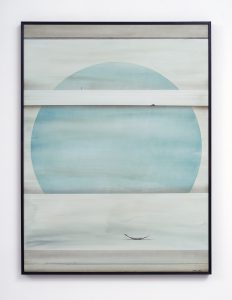

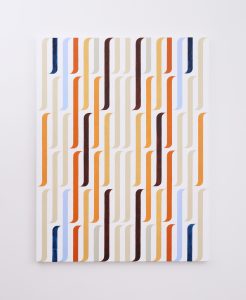
Artwork Images:
1 (Left) Simon Kaan, Te Au, 2023, Ink and oil on board, 1200mm x 900mm
2 (Middle) Kāryn Taylor, Horizon, 2022, cast acrylic , 900mm x 600mm x 45mm
3 (Right) Jon Tootill, KORE TAITARA I, 2023, acrylic on canvas, 1000mm x 1300mm
4 Portrait photo courtesy of Olivia Kirkpatrick
Image: Photo courtesy of Olivia Kirkpatrick

